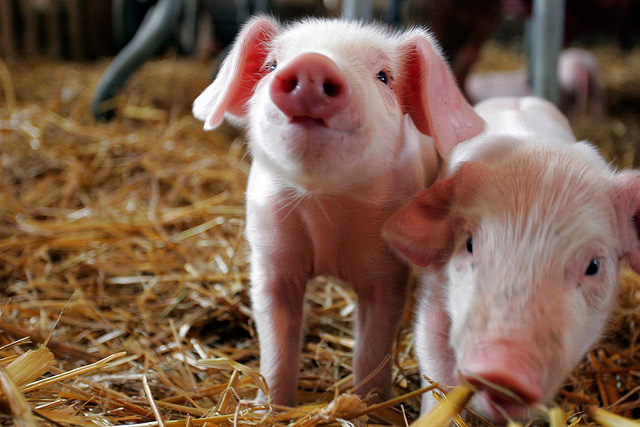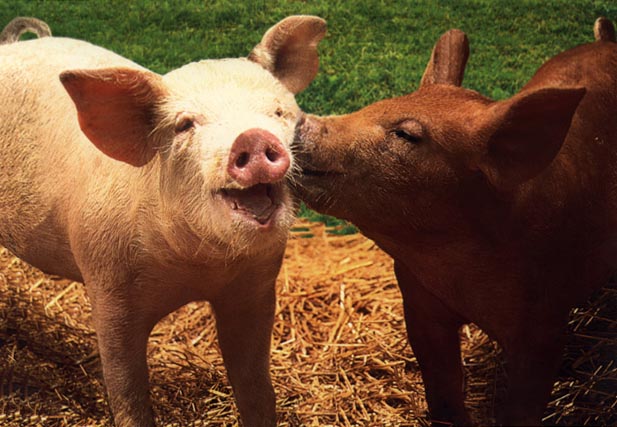Two of the problems associated with a project such as this suggest an obvious solution. We need a place to live while we build our home, as it is beyond our means to pay both rent and a mortgage on land at the same time for long. We'd also like to accumulate some experience with this style of building. It seems obvious, then, to build a smaller 'prototype' house - a tiny house that echoes the techniques used in the larger one.
We have been inspired by the 'Honey House', featured heavily as an example and cover graphic of 'Earthbag Building' by Kaki Hunter and Donald Kiffmeyer, a book we find extremely helpful. The Honey House is a medium-sized dome with a loft upper story. Given that this is intended to be a temporary home (with potential to convert to granny-flat, guesthouse or workshop at a later date) we aren't particularly concerned by small size. We have found plans of several small designs we think are possibilities:
Kyle and I both like the double-domed version - it offers no experience in roofing, and little in passive solar design, but it is an earthbag building with all the electrical and plumbing challenges we will face, plus the lofts have excellent storage potential for such a small space!
There was considerable discussion about the benefits of doing this temporary home thoroughly, as opposed to doing it small and quick. As we had decided that the purpose wasn't just temporary accommodation, but also to practice as many of the techniques used in the bigger house as possible, it makes a good deal of sense to make it truly a home rather than just a rough prototype. The time and expense in, say, ensuring it has proper plumbing will not be wasted. We are also familiar with the tendency of build projects to run over time, hence we must be prepared for our time in this temporary home to be extended unexpectedly. There will need to be compromises, however we think if we keep that purpose in mind we can achieve it at relatively low cost/time investment.
We have been inspired by the 'Honey House', featured heavily as an example and cover graphic of 'Earthbag Building' by Kaki Hunter and Donald Kiffmeyer, a book we find extremely helpful. The Honey House is a medium-sized dome with a loft upper story. Given that this is intended to be a temporary home (with potential to convert to granny-flat, guesthouse or workshop at a later date) we aren't particularly concerned by small size. We have found plans of several small designs we think are possibilities:
Kyle and I both like the double-domed version - it offers no experience in roofing, and little in passive solar design, but it is an earthbag building with all the electrical and plumbing challenges we will face, plus the lofts have excellent storage potential for such a small space!
There was considerable discussion about the benefits of doing this temporary home thoroughly, as opposed to doing it small and quick. As we had decided that the purpose wasn't just temporary accommodation, but also to practice as many of the techniques used in the bigger house as possible, it makes a good deal of sense to make it truly a home rather than just a rough prototype. The time and expense in, say, ensuring it has proper plumbing will not be wasted. We are also familiar with the tendency of build projects to run over time, hence we must be prepared for our time in this temporary home to be extended unexpectedly. There will need to be compromises, however we think if we keep that purpose in mind we can achieve it at relatively low cost/time investment.




